BLAB Reporter Automated journalism covering the Blue Amazon Yan Vianna Sym Escola Politécnica
BLABReporter:AutomatedjournalismcoveringtheBlueAmazonYanViannaSymEscolaPolitécnicaUniversidadedeSãoPauloSãoPaulo,Brazilyan.sym@usp.brJoãoGabrielMouraCamposEscolaPolitécnicaUniversidadedeSãoPauloSãoPaulo,Braziljoaogcampos@usp.brFabioGagliardiCozmanEscolaPolitécnicaUniversidadedeSãoPauloSãoPaulo,Brazi...
相关推荐
-
2018年全国硕士研究生招生考试考研英语一真题VIP免费
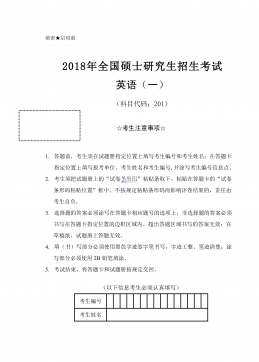
 2024-12-02 1
2024-12-02 1 -
2017年全国硕士研究生招生考试考研英语一真题VIP免费
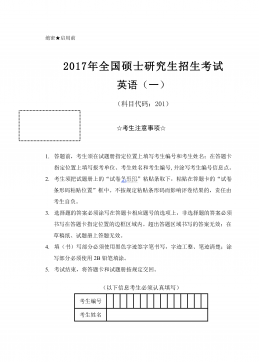
 2024-12-02 1
2024-12-02 1 -
2016年全国硕士研究生招生考试考研英语一真题VIP免费
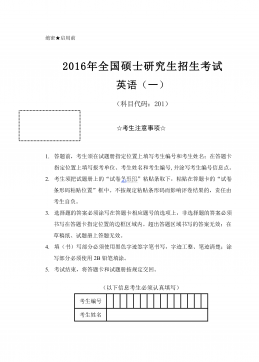
 2024-12-02 1
2024-12-02 1 -
2015年全国硕士研究生招生考试考研英语一真题VIP免费
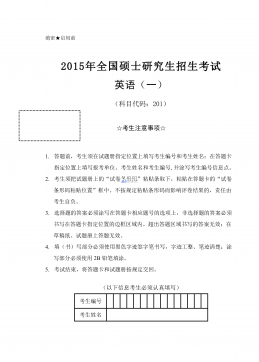
 2024-12-02 1
2024-12-02 1 -
2014年全国硕士研究生招生考试考研英语一真题VIP免费
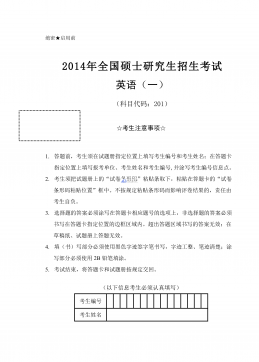
 2024-12-02 1
2024-12-02 1 -
2013年全国硕士研究生招生考试考研英语一真题VIP免费
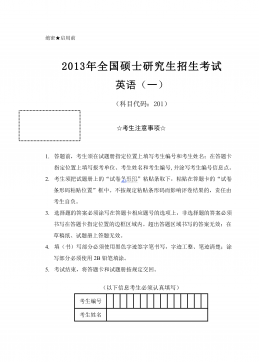
 2024-12-02 2
2024-12-02 2 -
2012年全国硕士研究生招生考试考研英语一真题VIP免费
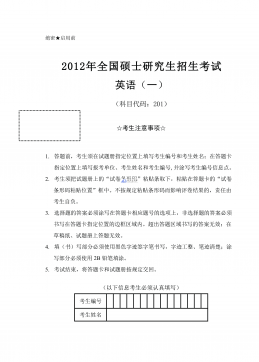
 2024-12-02 1
2024-12-02 1 -
2010年全国硕士研究生招生考试考研英语一真题VIP免费
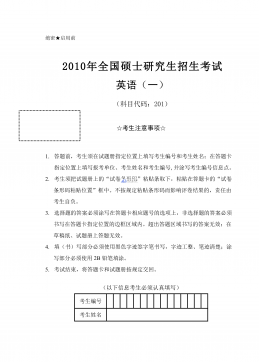
 2024-12-02 13
2024-12-02 13 -
2010-2020全国硕士研究生入学统一考试英语 考研英语一答案VIP免费
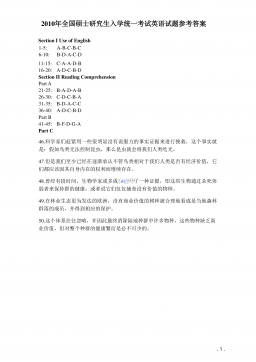
 2024-12-02 2
2024-12-02 2 -
2011年全国硕士研究生招生考试考研英语一真题VIP免费
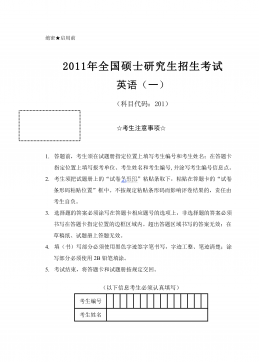
 2024-12-02 6
2024-12-02 6
作者详情
相关内容
-

2020年1206四川公务员考试《行测》真题
分类:
时间:2025-05-02
标签:无
格式:PDF
价格:10 玖币
-

2020年1205四川省公考《申论》题(下半年)及参考答案
分类:
时间:2025-05-02
标签:无
格式:PDF
价格:10 玖币
-

2020年1011新疆公务员考试《行测》真题
分类:
时间:2025-05-02
标签:无
格式:PDF
价格:10 玖币
-

2020年0725公务员多省联考《申论》题(四川B卷)
分类:
时间:2025-05-02
标签:无
格式:PDF
价格:10 玖币
-

2018年上海市公务员考试《行测》试卷(A卷)
分类:
时间:2025-05-02
标签:无
格式:PDF
价格:10 玖币


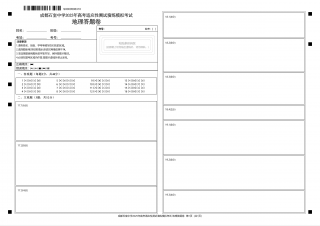
 渝公网安备50010702506394
渝公网安备50010702506394
